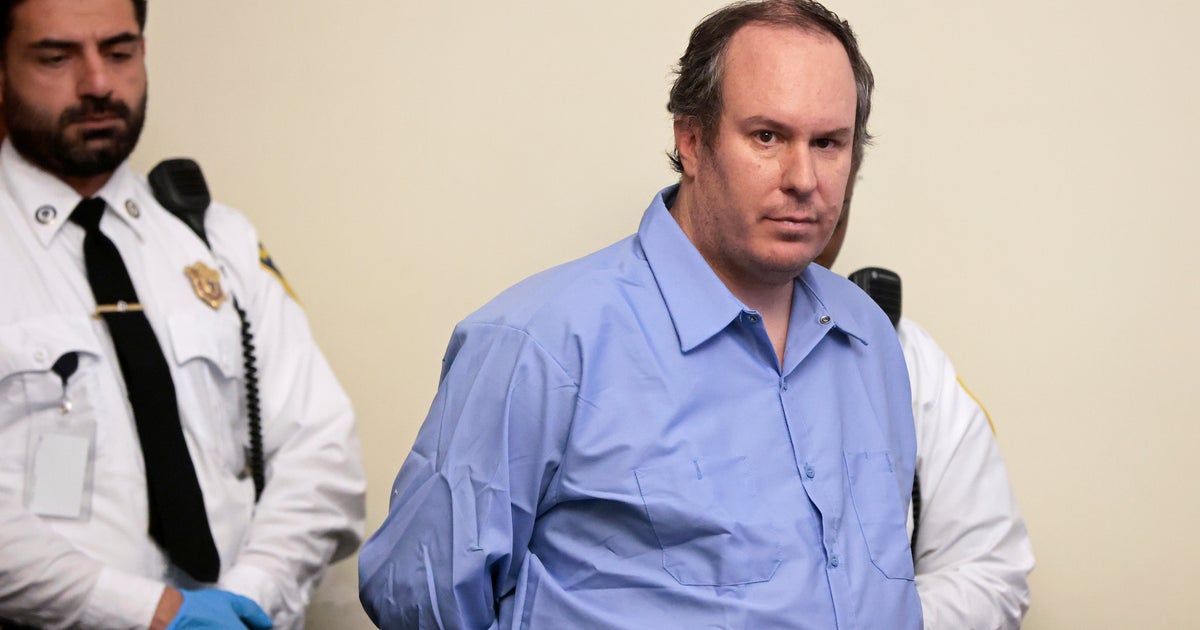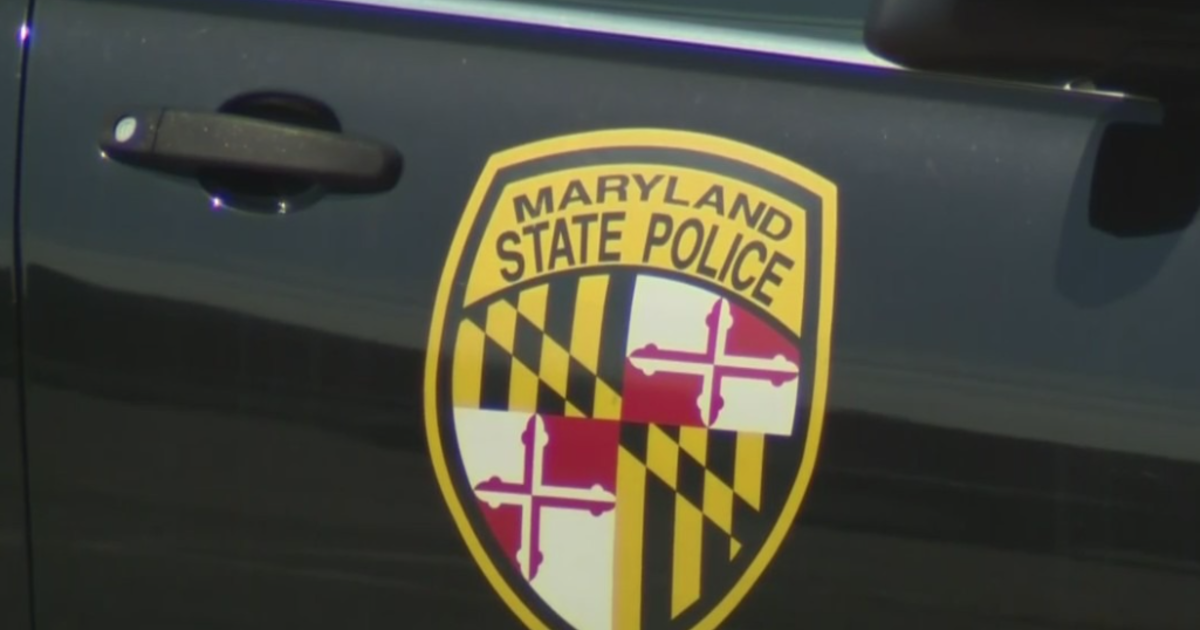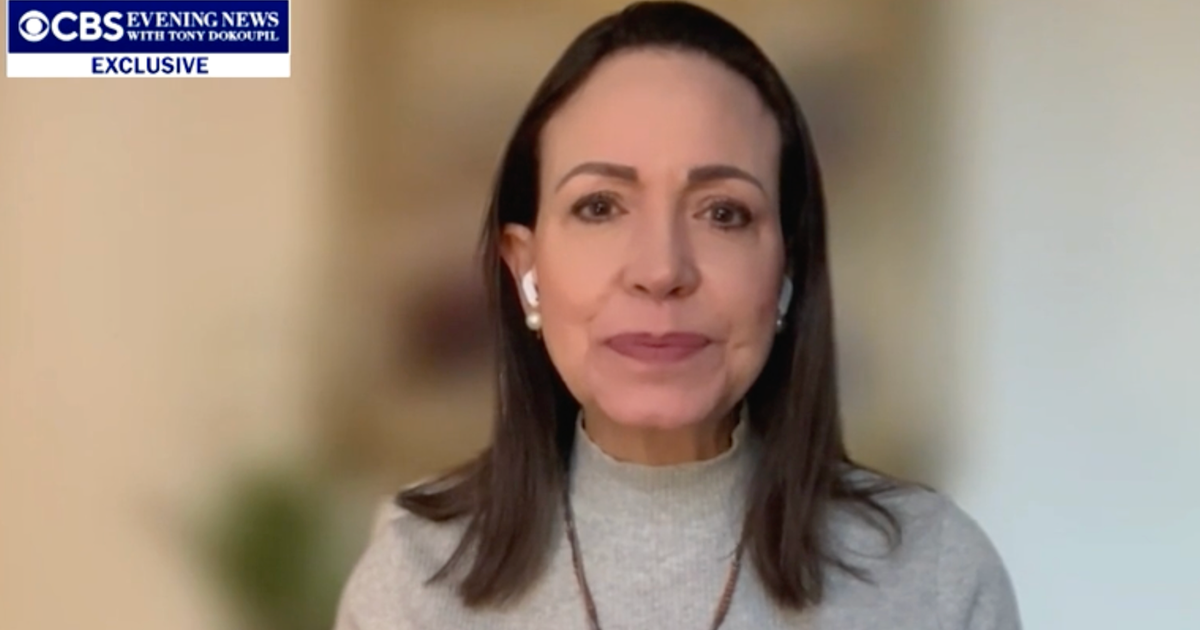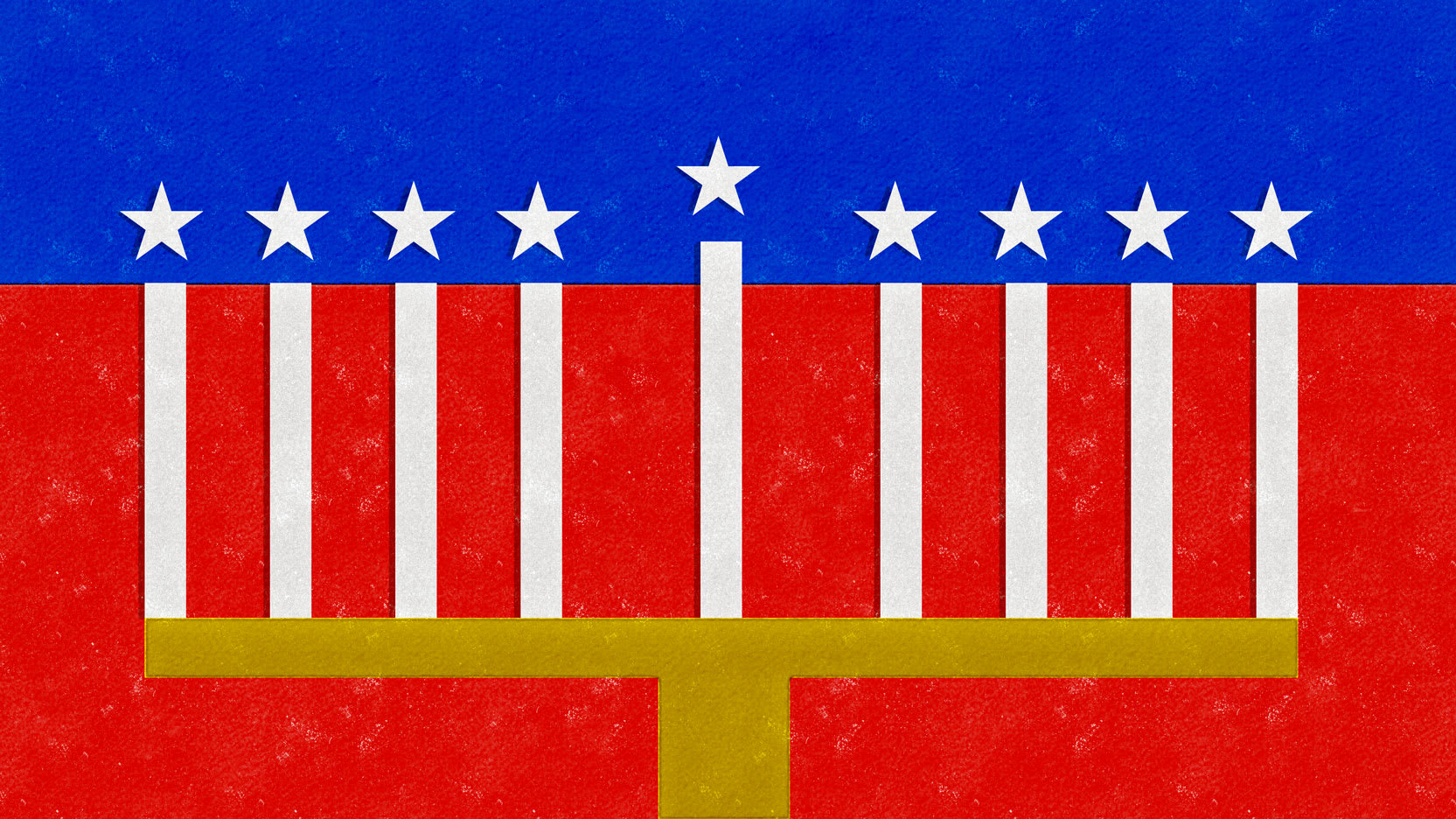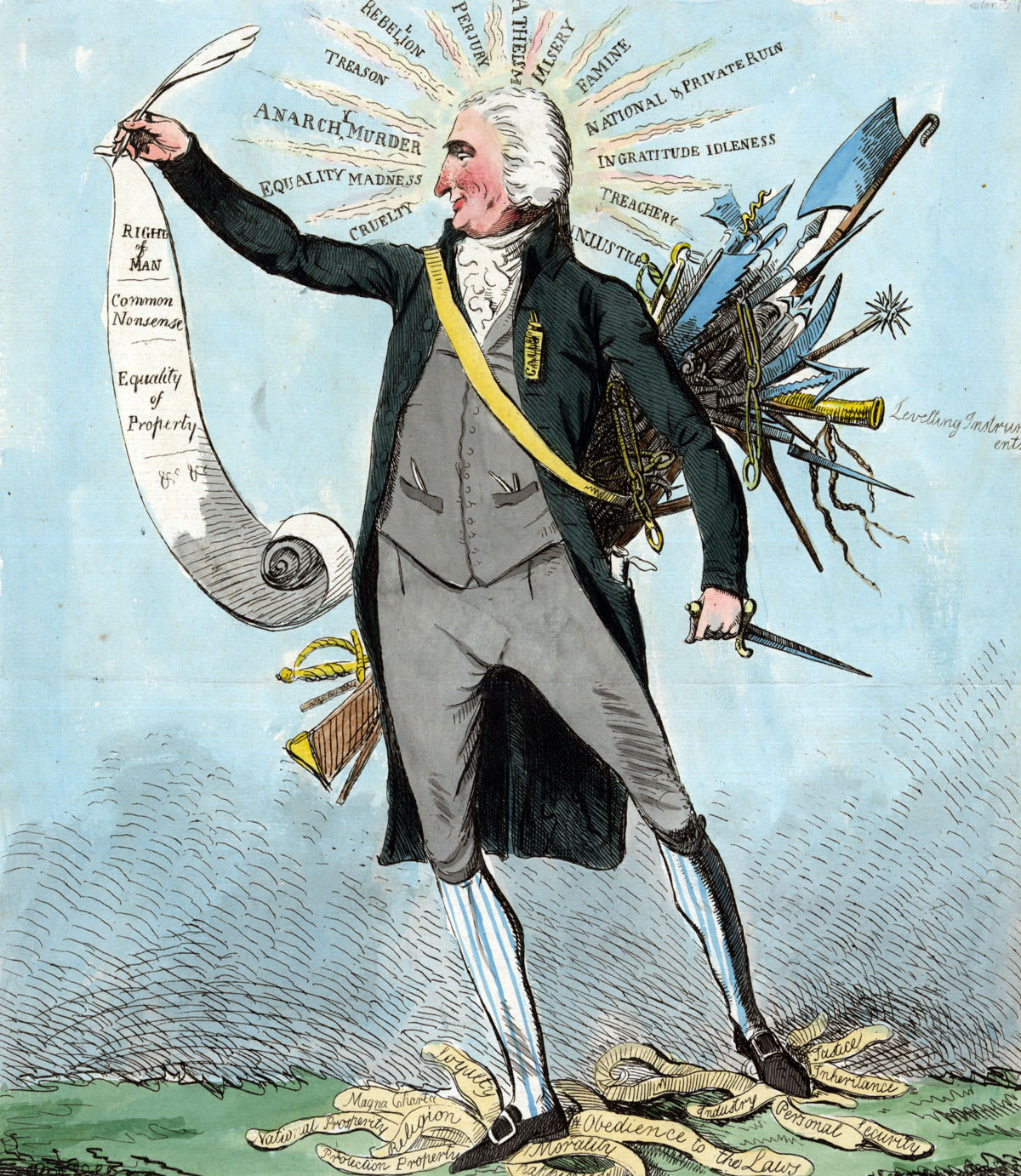Meet Mary Katherine Goddard — the only woman who "signed" the Declaration of Independence
Mary Katherine Goddard is unfamiliar to many Americans, but her name sits on the Declaration of Independence alongside those of founding fathers like Benjamin Franklin and Thomas Jefferson.
A copy of the Declaration, signed by the founders, sits in the Massachusetts Archives and Commonwealth Museum. Those who signed it knew they were taking a risk that amounted to treason against the British empire if their side lost.
At the bottom of the document is written "Baltimore, in Maryland: Printed by Mary Katherine Goddard."
Goddard, who was working as printer at the time, voluntarily inscribed her full name on the document.
"Really, saying 'I support this cause and I want my voice to be heard too,'" Princeton historian Martha King explained to "CBS This Morning: Saturday" co-host Dana Jacobson.
In what was the middle of the American Revolutionary War, Congress fled Philadelphia and settled temporarily in Baltimore. When they needed somebody to print the Declaration, Goddard was the person to help.
"For over nine years, she really ran a weekly paper in Baltimore," King said. "And she has the important responsibility — also a postmaster for the town — to make sure the mail and the chain of communication flows."
As a wartime printer, Goddard also printed news of battles and likely news of what the probable outcome of battles would be.
She remained Baltimore's postmistress for 14 years and can technically be considered the first female federal employee. In the fall of 1789, a new Postmaster General replaced her with a man.
"Over 230 Baltimore residents and merchants wrote a petition on her behalf," King said. "She spoke up and she said, 'This is unjust treatment,' and tried to have it remediated but was not successful."
No drawings of Goddard exist today, but King used census and tax records to get a more accurate picture of her life. Like many at the time, she was a slave owner.
According to the 1790 census, Goddard had four enslaved people and one other free person in her household at the time.
"Mary Katherine Goddard did have this enslaved woman, Belinda Starling, that she manumitted in her will. She left all of her personal property to her," King said.
Manumitted refers to the act of freeing one from slavery.
"She liberated a woman as her final deathbed wish," King said.
For artist and printer Mindy Belloff, Goddard served as an inspiration.
Belloff had long grappled with the Declaration of Independence's language, including the phrase, "We hold these truths to be self-evident, that all men are created equal."
"As a feminist artist, I felt that, we're still sort of grappling with this language today," she said.
Belloff spoke with several historians about what "all men" meant at the time. She said one British historian felt that it was understood to be all mankind, and she herself felt it was "time to set the record straight."
She recreated Goddard's printing of the document, with historically accurate typeface and paper, but changed the word "men" in two places to "people." Her printings sit in the permanent collection of the Library of Congress.
The artist said she often wondered what it was like for a woman to be printing those words at the time.
"I wondered about that quite a bit… and how it was understood, when the enslaved and women at that time wanted a voice in this new republic," Belloff said. "And especially when we think about what's going on today, and how we use words and language and how it's understood — and what an important document this was at that tumultuous time."
Denise Van Buren, president general of the Daughters of the American Revolution, said she thought more women should take inspiration from Goddard to "raise [their] voices" and "to help chart the course for our nation."
"It's so important that we begin to recognize the fact that not only women, but people of color, foreign-born patriots all contributed to our victory during the American Revolution," she said.

